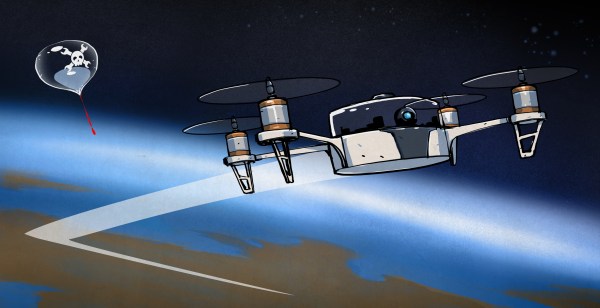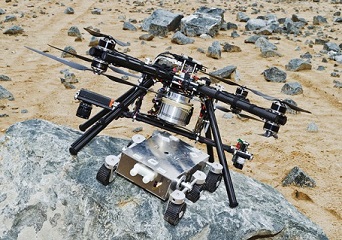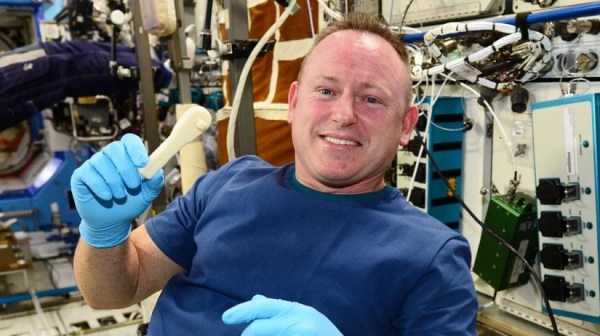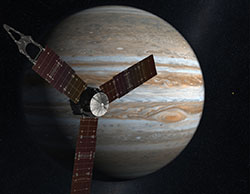We were really sad to see NASA retire the Space Shuttle. Even though it’s being replaced with some new and exciting hardware, we have fond memories of the Shuttle program. The good news is that a lot of the old hardware can now be seen up close and personal. [Brady Haran] recently took a video tour of one of the iconic pieces of hardware from the Shuttle program, the Shuttle Carrier N905NA.
NASA purchased the Boeing 747-100 in 1974 from American Airlines, and by 1976 the jumbo jet was put on a strict diet in preparations to carry the shuttle on it’s back for transportation and initial testing. She was stripped of her interior (all but few first class seats), sound deadening, air conditioning, and baggage compartment. Vertical fins on the tail were added for yaw stability, and the four Pratt and Whitney turbofans were upgraded to more powerful units. The fuselage was strengthened, and mounting points for the shuttle added. Even with all the weight savings, it severely limited the 747’s range from about 5000 miles to about 1000 miles while the orbiter was on it’s back. The aircraft was retired from service after ferrying the Shuttles to their final destinations in 2012.
In the video after the break, you can take a short tour of the N905NA at the Johnson Space Center in Houston where they are preparing it for public display. Visitors will be able to tour the 747 (with exhibits inside the fuselage), and a very accurate mock-up of the shuttle that sits atop.
Continue reading “Hanging Onto The World’s Greatest Piggyback Ride.”






















